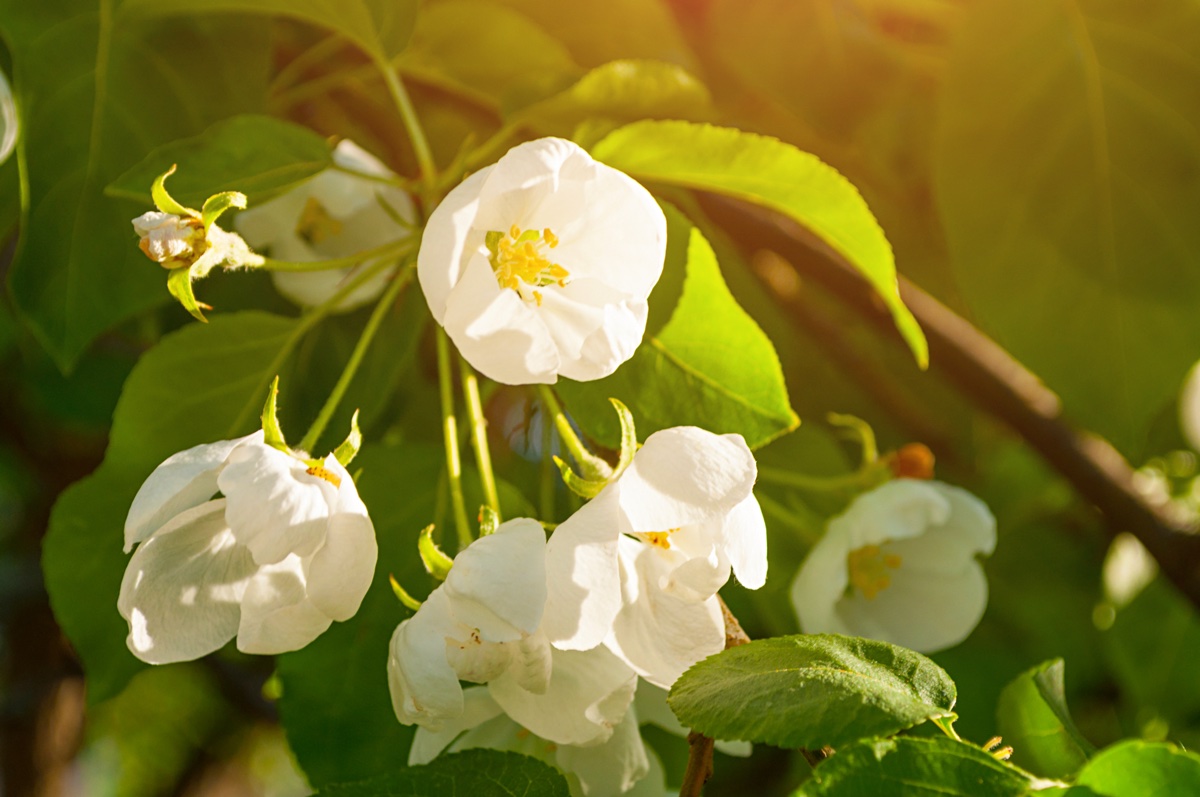829th Week: The Imaginal Realm
I’m sure I’ve written about this many times, but here I go again. Where we focus our attention, what we think about, how we engage our imagination has a powerful impact on the quality of our inner life and on how we behave and act in our world. What we attend to matters. What we imagine matters.
This week I want to share some thoughts about engaging what’s called the “imaginal realm”. When we enter the imaginal realm, we aren’t engaging something “imaginary”. Instead, we touch into a kind of language or communication that uses visual and other sensory impressions rather than strings of words. Our culture tends not to privilege awareness that operates in the imaginal realm and yet it’s one of the most powerful creative forces we have available to us.
For example, spend a moment right now bringing into awareness either an image of some beautiful place you’ve been—a place that touched you deeply, or recall a sound, fragrance, or sensation that moves you in a way that is meaningful to you. Since images are my main language in this realm, I often “see” trees that have touched me, such as the giant Sequoia I’m imagining right now. This image generates a powerful felt-sense of awe and heart-filling expansion, with my whole body-mind responding to the memory of the presence of this magnificent tree. Or, I might bring into awareness an image of one of the cats who live with me doing something amusing, something that fills me with delight and touches my heart, as well as generating a smile and a chuckle.
We know from science that our brains register imaginal experience in much the same way as actual lived experience, creating a full experience in the body (sensations) and psyche (emotional and mental states). The only difference is that these experiences and awareness arise and unfold in the imaginal realm.
For this week’s practice, I invite you to explore your relationship with the imaginal realm more deeply than you may have already done and notice how focusing on inspiring images (or, if you’re not visual, on inspiring sensations, sounds, or other imaginal representations) affects the quality of your physical and psychological experience.
If you’d like to explore this subject, Stephen Buhner has written a book that is helpful. It’s called Plant Intelligence and the Imaginal Realm: Beyond the Doors of Perception and Into the Dreaming of Earth. One of the things that Buhner describes is what he calls “gates” in the brain—“gates” that we put across certain forms of perception that are not supported in our cultural context. Our relationship with the imaginal realm as a valid arena for gathering information and perceiving reality has not been well-supported by Western cultures.
Also, the more I delve back into quantum-oriented dynamics and realities, the more I pay attention to the intentions that I hold and that I may broadcast out into the world, including my habitual self-talk. I’ll say more about this in future practices, but for this one it relates to the imaginal realm in the sense that the images and impressions we project as we focus our attention here or there seem to have a real impact on what we experience, both internally and externally.
As with all these practices, please bring along curiosity as your constant companion. Not only is this a good idea because of the way that curiosity opens us to the world around us, but I also heard on an interview this morning that curiosity generates dopamine. So, there’s an additional benefit to cultivating access to your natural curiosity. Also, please remember to pat gently on the head any judgments that may arise along the way. Since judgments have a way of popping up, it’s helpful to remember that you don’t have to engage them. Instead, you can just let them move on by on your ever-flowing stream of consciousness.



